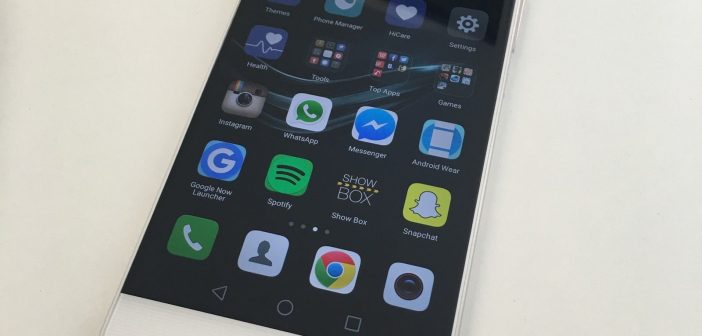Huawei’s latest device is one to be coveted, it feels nice in hand, runs super smooth with some minor hiccups with Huawei’s Emui Android iteration and the new dual camera feature offers some cool photography options for you enthusiasts out there. Collaborating with Leica, a well known camera manufacturer with a history of making a “photographer’s camera” and not just a piece of kit for point-to-shoot users, the P9 is set to offer a camera to use on the move with confidence. But does it live up to its hype and specifications on paper? Let’s find out.
Huawei P9 Design:
The P9 earns its spot among some of the best looking Android flagship devices on the market today. It offers a metal unibody design with zero bezel, making its display look sleek and refined. The sides are flat, with the power and volume buttons on the right side, and a microSIM tray on the left. The SIM card tray also features a microSD card slot, allowing you to boost your storage space – you can boost with a 128gb card – on top of your 32GB/64GB built in space. On the bottom of the P9, you get your speakers and a USB Type C port and on the back is where your fingerprint scanner is located.
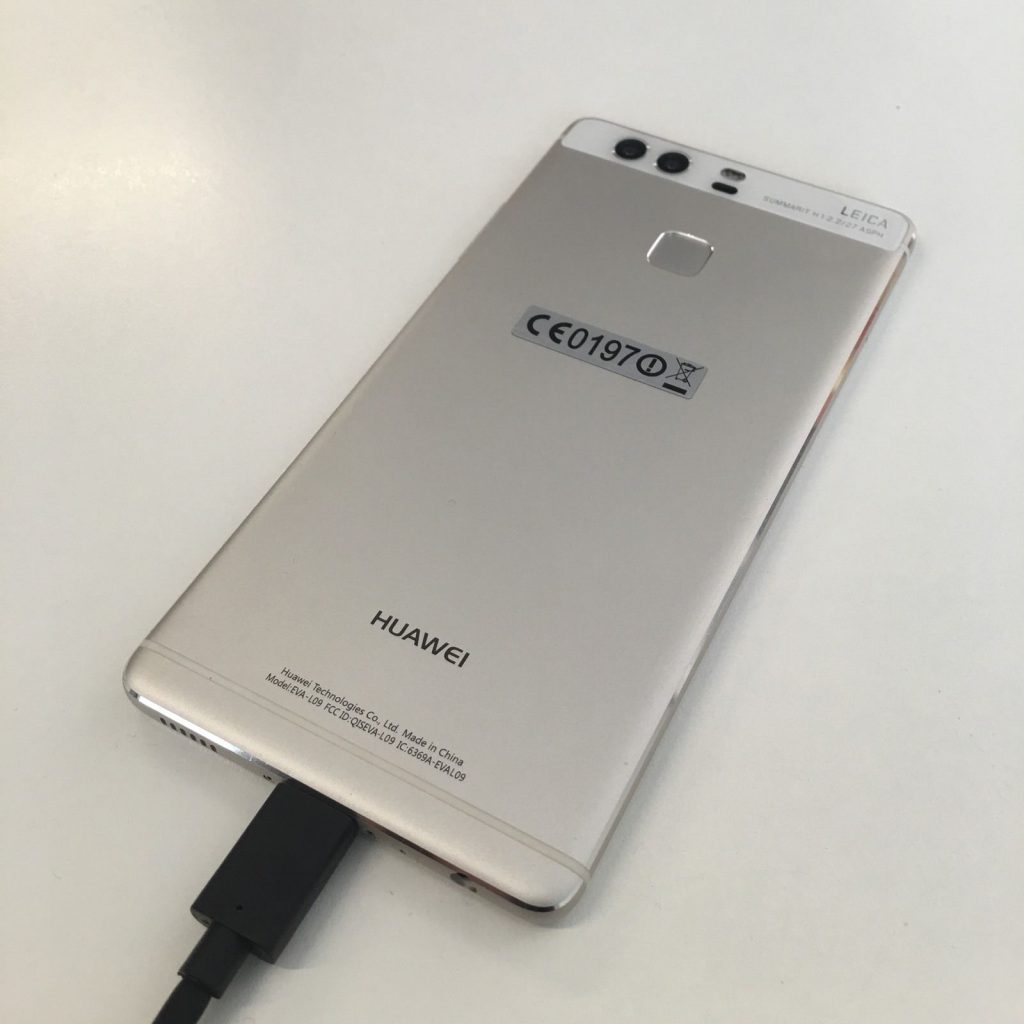
The fingerprint scanner is lightening fast and you can unlock your device straight from there, without the need to first push the power button, just like the Nexus 6P. You can also use it to quickly see your notifications or even slide through your images, something the Nexus 6P is missing due to it been a pure Android device with no Emui overlay. Up top, you will notice the heavy Leica branding, it almost feels like this is a Leica smartphone rather than a Huawei device.
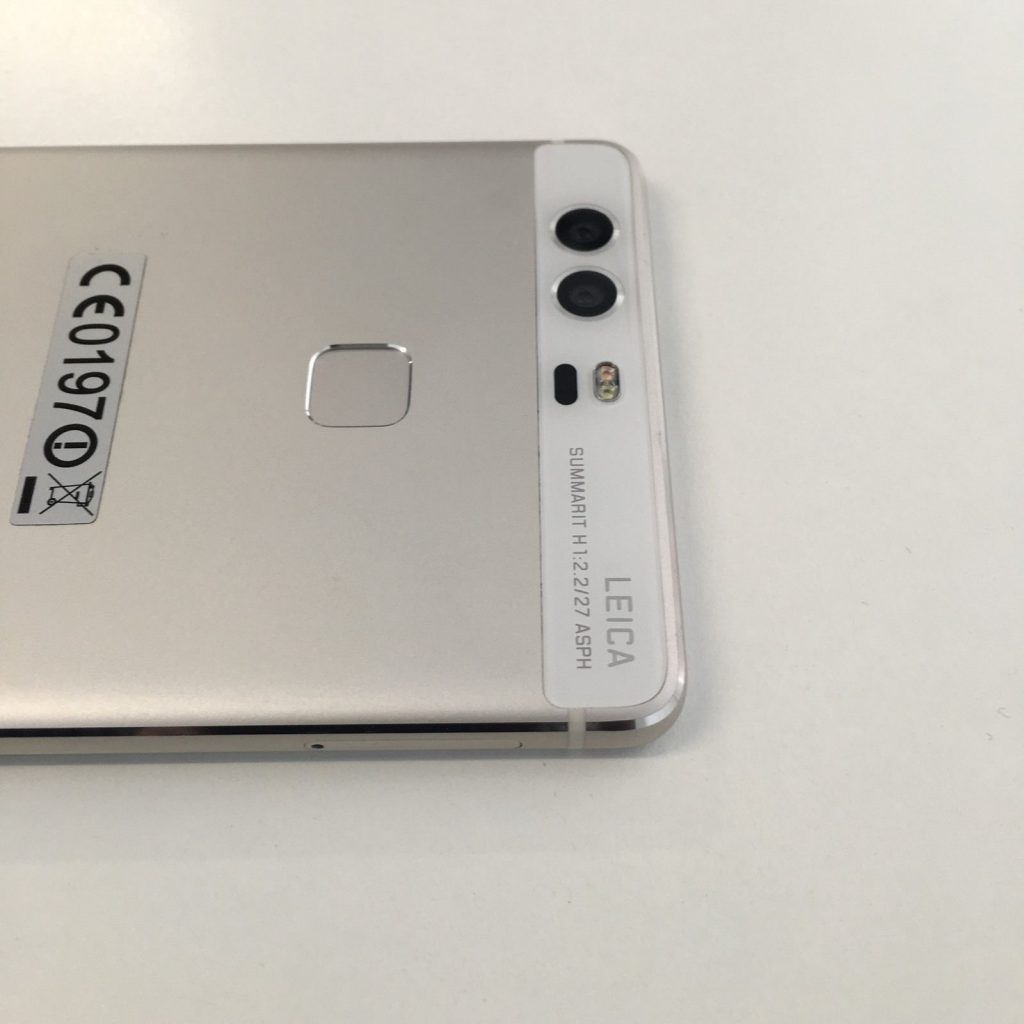
Next to the logo are the two camera lenses with dual tone flash. One lens is responsible for colours and the other for monochrome pictures. Both also work together to offer the bokeh feature, so you can adjust live or post snapping. Their’s also a laser autofocus present and it guides the camera in getting the best and sharpest image possible in both normal and low light conditions.
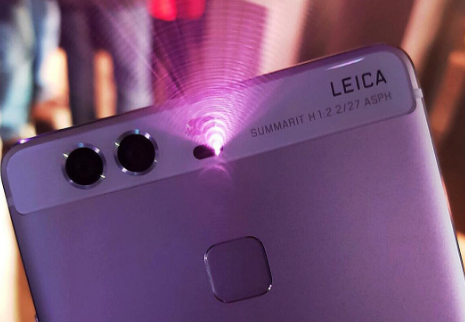
While we’re on the design subject, we should talk a little more about the display itself. The Huawei P9 features a 5.2-inch display with FHD 1080 x 1920 resolution. It’s not the best on the market and compared to the other flagships, it’s behind in that department, but that also poses the argument of whether a 2K display is needed especially when it consumes more energy. With a display spanning 423ppi, it’s more than capable when reading Kindle books, browsing the web, watching YouTube videos, playing games and anything visual you put on it.
Decent amount of ppi coupled with the use of LCD results in the P9 delivering a good and deep level of blacks and the colours are just right, without looking over-saturated. How I normally test this is by taking a photo on the device, then compare how the same picture looks on various other devices like the saturated, vibrant display of the Galaxy S7 edge and the LG G5.
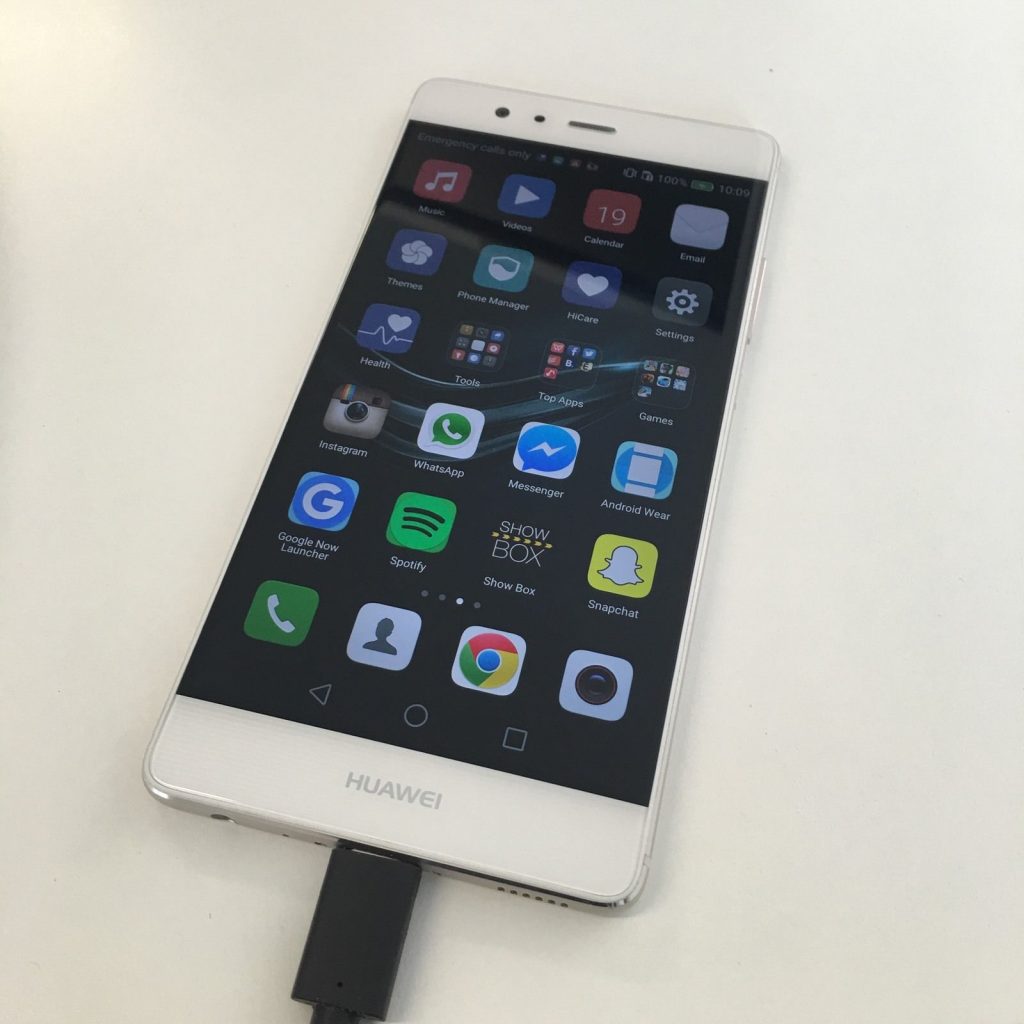
Huawei also provided a colour temperature setting so you can adjust it to meet your personal preference or during the night you might want to change it to suit the eyes. Elsewhere the viewing angles are great and when used in bright sunlight, it’s still very visible in comparison to the iPhone which struggles in bright sunlight.
Overall, I don’t think you can fault the P9’s design, yes it’s slippery, but it feels compact in hand, the display is great for everyday use and it’s 5.2 inch display is more than enough for gaming, reading or just simple things like emails.
Processor performance and battery life:
The P9 comes packed with Kirin 955, which is a 2.5GHz 64-bit ARM-based processor. The 955 is a step in the right direction for Huawei, as it uses 16nm FinFET process technology to enable better performance and combined with big.LITTLE architecture, it can offer better battery performance too.
Where battery is concerned, Huawei have opted for a 3,000mAh high-density battery, which lasts a day with some juice left, so you definitely won’t be looking for the nearest charging socket when out and about.
All that sounds good on paper, but what that does that look like in the real world? Whether you’re running multiple apps in the background, switching between applications, multitasking or just simply playing a game, pausing and coming back to the game, the P9 is very responsive; transition between applications, loading them is very snappy, with little or no lag at all. Using the camera app where I often see some performance issues on some other devices out there was completely fluid.
A true testimony to the P9’s performance is how quickly you can unlock your device using the fingerprint scanner on the back. For the average user out there, the P9 is more than enough when it comes to its performance, and combined with LPDDR3, it handles applications like it’s not an issue at all.
When it comes to gaming, the P9 is packed with a Mali-T880 MP4 graphics chip integrated to offer a console-like experience when gaming on the move, whether you’re a casual gamer or hardcore gaming who enjoys playing graphic intensive games like Grand Theft Auto or car racing games that requires frequent refresh and constant movements. I noticed no ghosting and movements, where driving and taking corners or firing at mobs, it’s buttery smooth.
The top things that tends to eat their way through the battery life are Google services, Social media activities, gaming and multimedia activities (gaming, recording videos etc). Using all those things, the battery still managed to keep going all day long, Huawei added some extra battery management features such as switching Wifi on/of as per when needed and battery or power modes to help keep consumption in line.
Network performance is not one to be forgotten either. Huawei have included something they call Triple Antenna Signal+ 2.0, which is supposed to be there to ensure you have network signal or service wherever you find yourself in the world. Having taken the P9 around Europe and the US, I can say that it works very well and even when the iPhone is struggling to connect to a service provider, the P9’s already locked and loaded.
With Wi-Fi+ 2.0, the P9 automatically connects to the strongest available Wi-Fi network – it automatically ranks Wi-Fi hotspots, and prioritises the best connection. The Wi-Fi+ feature is something i’ve become very fund of, as commuting using London underground service with Wifi means i’m automatically connected when I get to each station. It was a little glitchy before software update, but a few tweaks, and it was all good.
Leica co-engineered camera
During the P9 launch, Leica’s presence was very visible that it almost felt like a Leica event rather than Huawei’s. This year seems to be the year for dual cameras, with smartphone makers trying to find their own way of standing out. Huawei’s idea of standing out is to add two 12MP camera lenses, one for RGB (full colour images) and the other for monochrome shots.
With the Monochrome side simply focusing on taking black and white images, it takes in more light, allowing it to produce better black and white images with a good level of contrast, compared to when taken with a full colour lens or adding a mere filter to achieve the same goals. At F/2.2 aperture, Huawei also boasts that it will be one of the best on the market for capturing images in low light and although marketed as co-engineered lenses, they are actually Leica certified, meaning they meet Leica’s guidelines and specifications of what they could have produced.
The software is also burrowed from Leica for a Leica experience. What’s missing on the P9 that is now a common feature is the ability to record 4K videos and OIS. The other benefit of having the dual lens is the ability to shoot images with cool bokeh effect, and although reconstructed at software level, it still produces content close to that which can be achieved using a DSLR camera. This is also industry’s first smartphone capable of adjusting the aperture live as you take your pictures and you can also re-adjust once the picture has been taken.
On the front, Huawei have included an 8MP shooter with F/2.4 aperture and takes wide angle shots for all your group selfies. So how does all that translate into real world? Let’s take a look at some of the examples:
RGB Images:
When the lighting is good, the P9 doesn’t struggle at all. All in all you have:
- Sharp details.
- Colours are accurate.
- Saturation is spot on.
- Focus is good with good blurry background.
- Deep contrast levels and blacks.
- Good dynamic range.
In lowlight conditions:
- The blacks are good and excellent contrast levels.
- Noise is only noticeable when you zoom into the pics.
- Well kept details.
- Soft edges as it tries to get as sharp as possible.
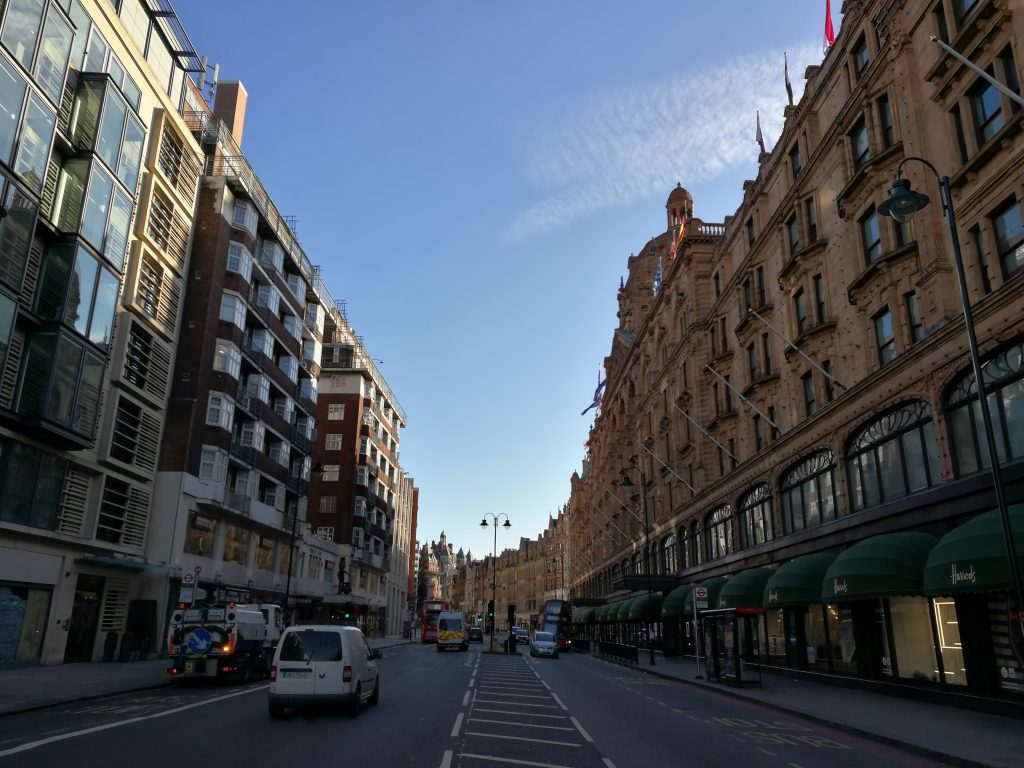
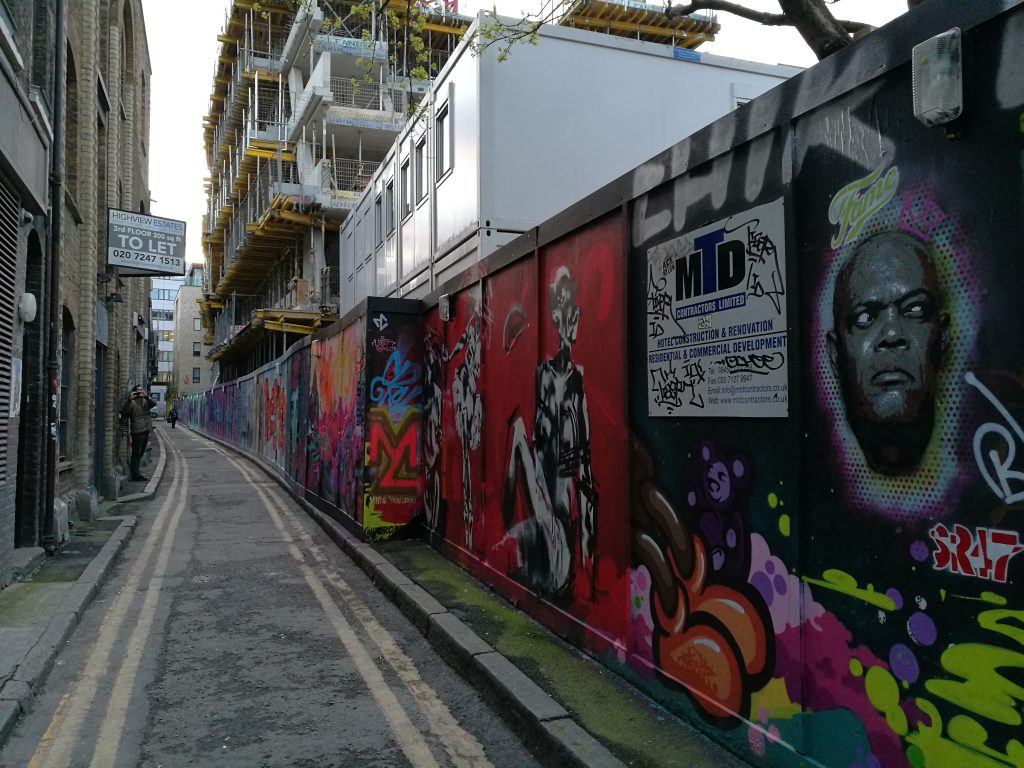
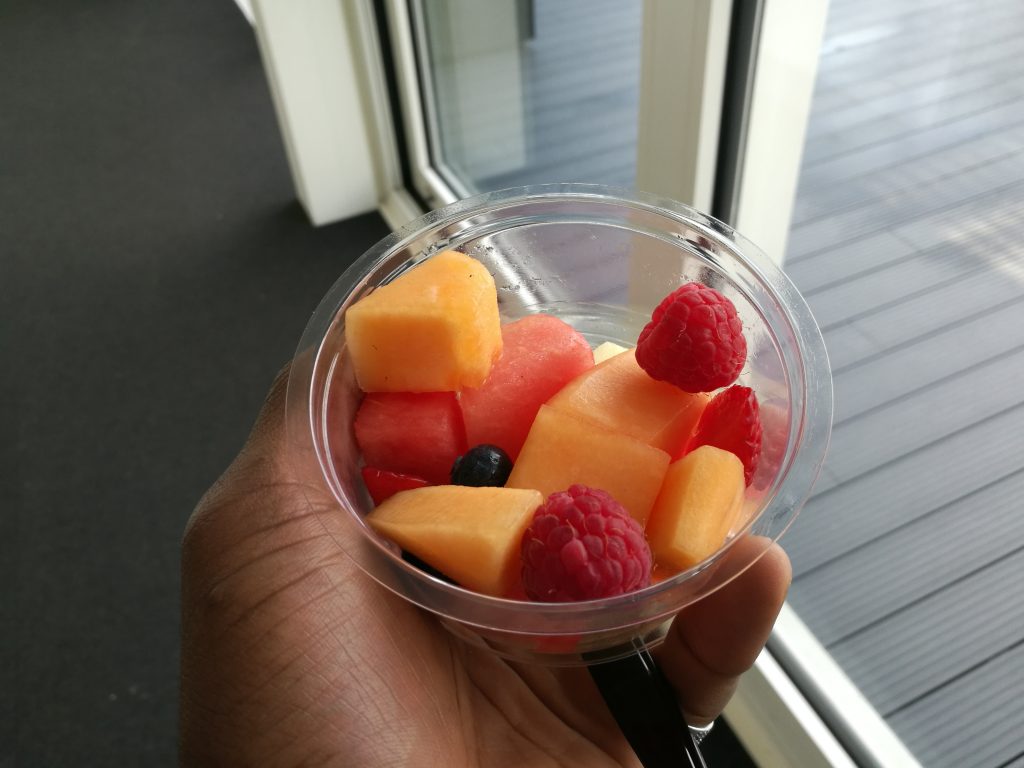
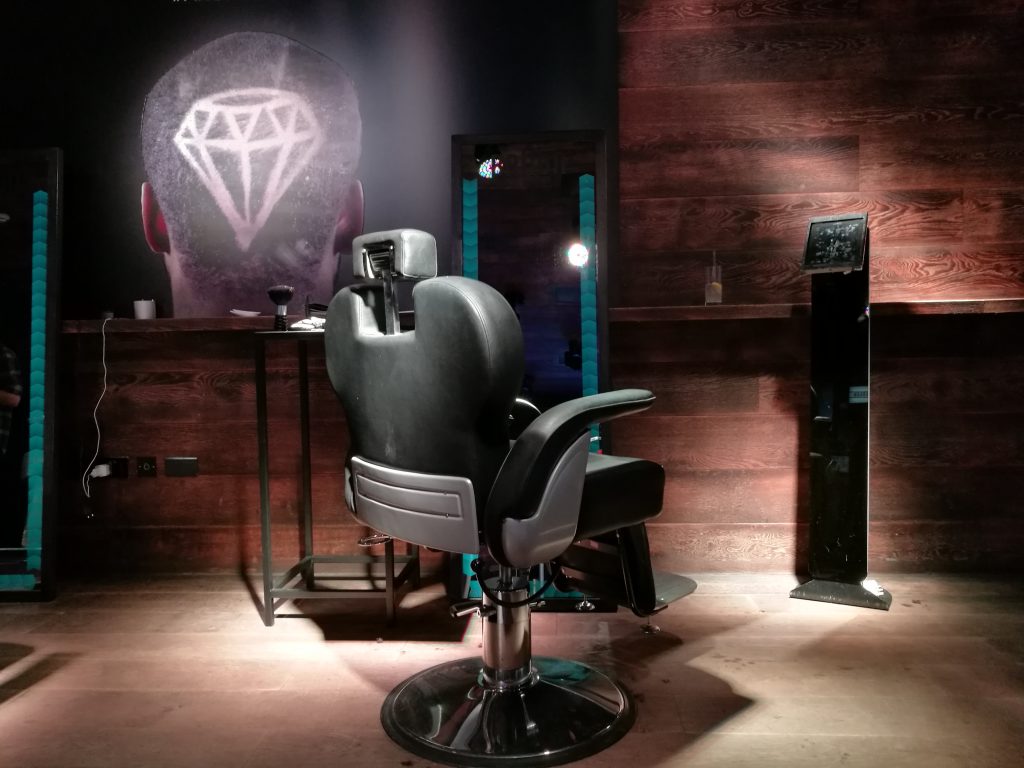
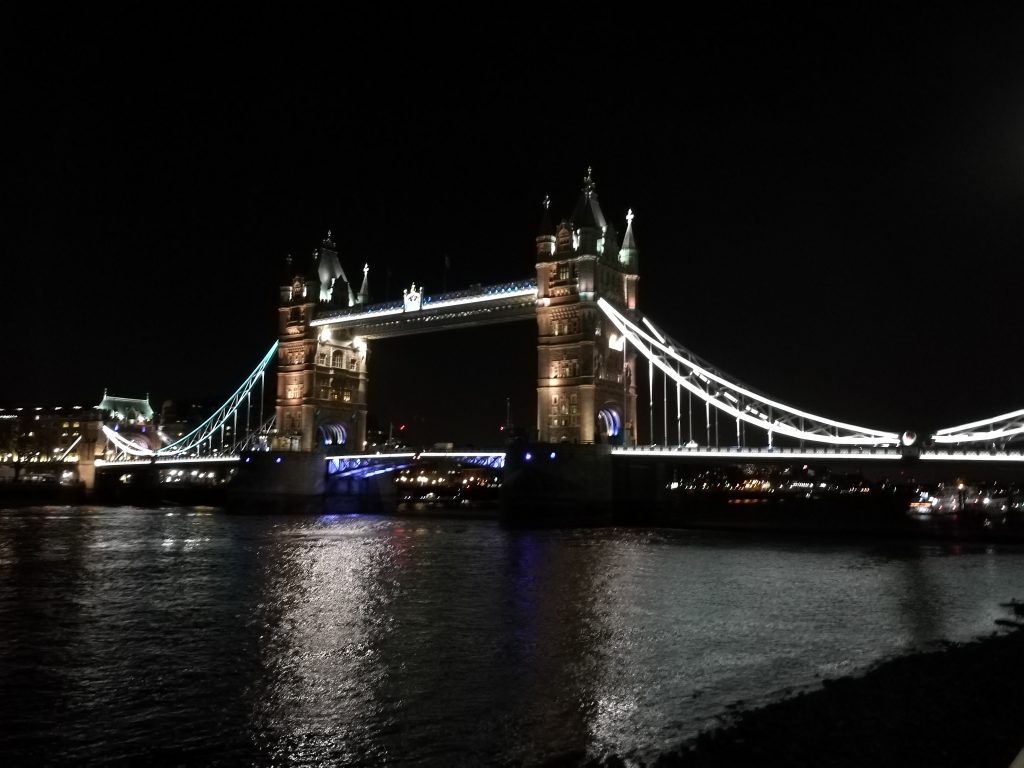
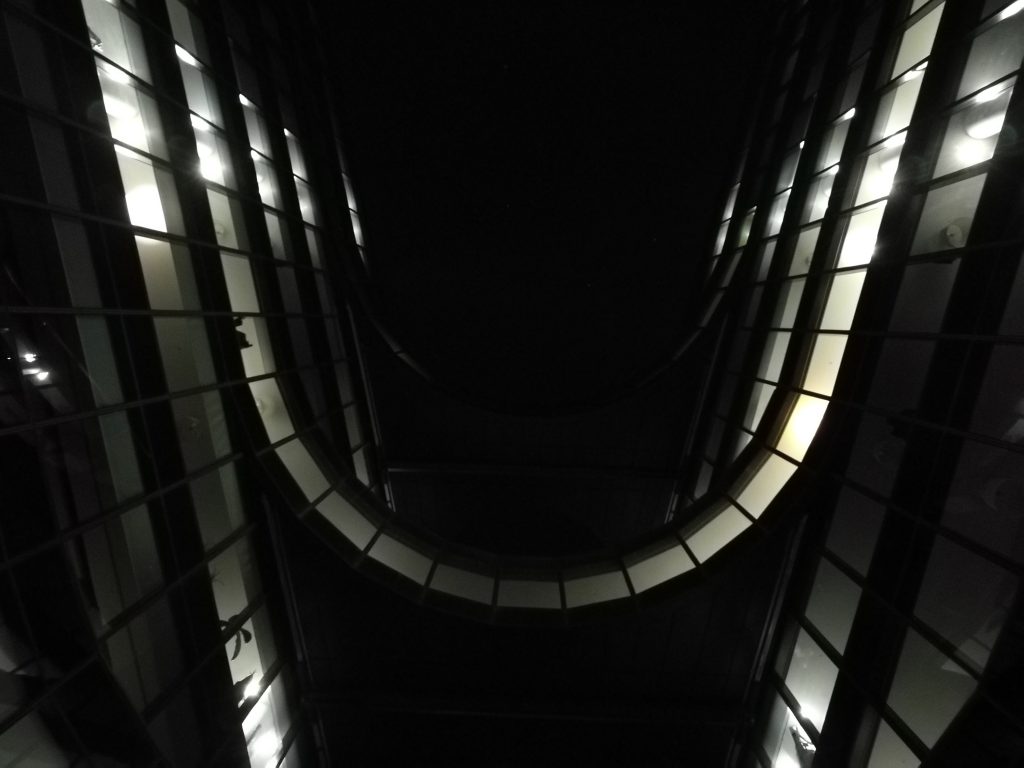
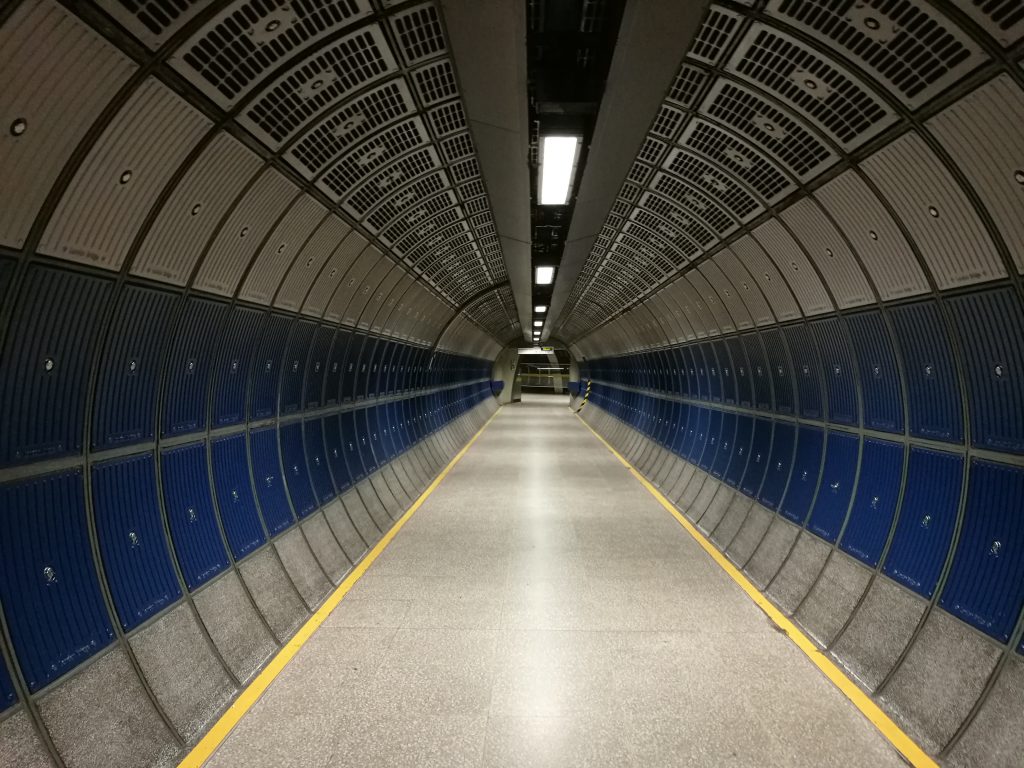
Monochrome samples:
The P9 is monochrome king! It handles it like a boss, the contrasts are really good, the details come out well even in low light and you fall in love with taking black and white pictures again. With no tweaks needed, you simply switch to Monochrome mode and shoot away. In RGB mode, you sometimes need to tweak manual settings to get the best shots – if that’s your thing.


Conclusion
The P9 is an all-round device which offers all there is you need in a smartphone. The camera performance is more than enough for social sharing and the monochrome dual camera is a welcomed addition to the line of Huawei devices. The battery life is very good and you won’t have to worry carrying your charger around with you or finding the nearest socket. It feels great to hold in hand and will fit in your pocket or handbag with no issues at all.

